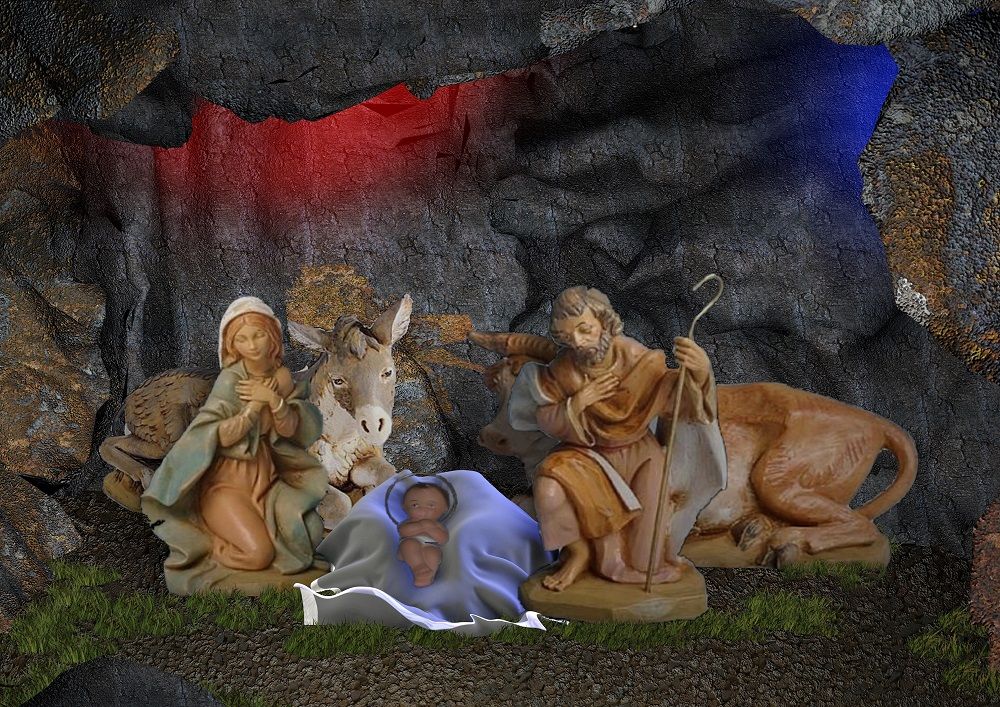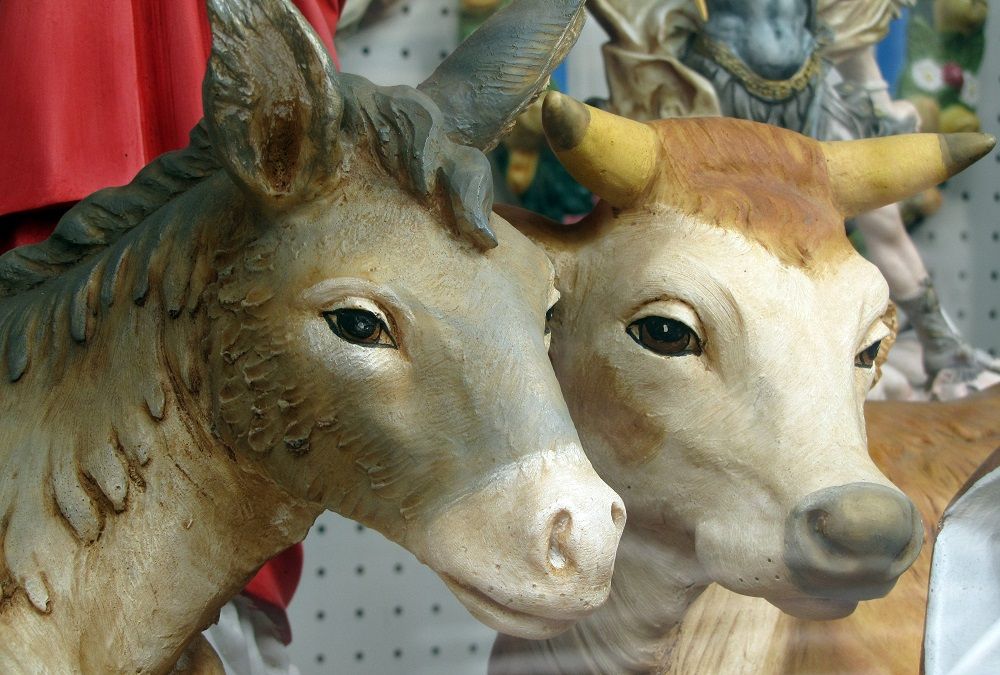Christmas Eve in Liguria
The night of December 24th, Christmas Eve, is one of the most magical nights of the year, along with New Year's Eve, Epiphany, the eve of May 1st, and the one preceding the day of St. John the Baptist (June 24). It has always been believed that time, at this moment of the year, suspends itself, lightens up, in anticipation of divine intervention in the world. In reality, this is part of the Celtic conception of time that has reached us: the night is the gestation of what will happen during the day—the birth of life. On Christmas night, the spheres of the sacred and everyday life seem to draw closer, and everything is experienced with a sense of anticipation and hope; everything takes on a particular meaning.
The text is from "Il cerchio del tempo. Le tradizioni popolari dei liguri" (The Circle of Time: The Folk Traditions of the Ligurians) by Paolo Giardelli, Sagep 1992.

The Night of December 24th
Everything, on the night of December 24th, becomes filled with strength and sacredness, even the food for the Christmas lunch: bread and broth in Val di Vara were kept to heal eye diseases in livestock. Bread also treated children's sore throats, with the precaution of placing it on the table on Christmas Day, cutting it into a cross shape, and not eating a crumb until the end of the festivities. Nothing was thrown away on Christmas night: the coals from the fireplace were believed to be effective against landslides after many days of rain; the flour used for kneading, the oil from the church lamps could not be wasted but were reused. The eve of Christmas would also have effects on the seeds, generating domestic and excellent fruit. Water holds great importance: a source of life before, at this particular moment, it would have exceptional virtues. A maiden who, at midnight, drew water from a fountain or well would be very fortunate because she would marry a wealthy man and be happy. The gathering of unmarried girls at the fountains thus created quite a few quarrels. However, if the forces of good are powerful on Christmas night, so are the forces of evil: traditionally, werewolves are born that night, and only on December 24 could healers and wizards reveal their secrets to cure the evil eye, under the penalty of losing their powers. In Val di Vara, protection from the evil eye involved placing spun hemp thread at midnight in the stables to ensnare anyone who wished to cast the evil eye on the animals. On Christmas night, like all nights in the twelve-day cycle (from the night of December 24 to January 6) and like that of All Saints, the dead would also return to visit the places of their lives. For this reason, the table was left set for them, or a poor person was invited to dinner, believing that they hosted the soul of the deceased. Hearing the bells ring, leaving a candle and the log burning in the fireplace represented gestures of security and tranquility.

Children and Animals at Christmas
Children, representing the future, are honored with gifts: in eastern Liguria, they excitedly placed a plate on the windowsill. A white spirit with golden wings would descend to leave sweets, nuts, and plums. Animals would be able to sense the Christmas atmosphere, perceiving supernatural spirits in the air. Their behaviors were referred to as signs of the arrival of the future revealer, and special attention was paid to them. The stables were cleaned with the broom normally used in the house, which was then designated for that purpose and replaced in the house with a new one. The animals' bedding was changed with new chestnut leaves, and in Val di Vara and Val Fontanabuona, it was even customary to let the animals taste the dishes of the Christmas Eve dinner. Jesus, as we know, was born between an ox and a donkey, although this is not found in the Gospel. It actually stems from an error in translation from Greek (literally, the Baby is said to be born).

The Hearth
According to an ancient tradition, a large log was placed in the hearth, which would continue to burn from the evening of Christmas Eve until Epiphany and New Year's. The fire had purifying and propitious effects. In Liguria, the preferred log for its long-lasting burn in the fireplace is the olive, enriched with juniper branches, considered auspicious. The first bite and the first sip of wine were also thrown into the fire, similar to what was done for the commemoration of the deceased. It was believed that the log protected against storms: in Val di Vara, charcoal was collected from the hearth on Christmas Day to put a little back on the fire every evening until the new year. Charcoal was also effective against some animal diseases. Some elders could even derive auspices from the burning log or from wheat grains thrown into the extinguished hearth through a procedure called "aruspicy."
You might also be interested in
Expand your search criteria or contact us for a personalized proposal.



